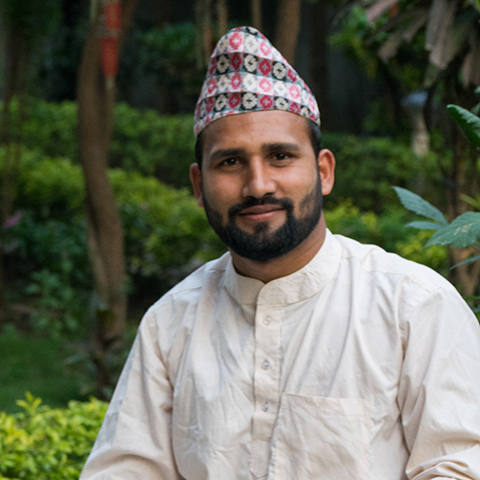Seeding young minds to make a change!
July 15, 2019
When I first started teaching math at the beginning of my Fellowship journey, I was impatient to use all of my previous knowledge. Knowledge of introducing new concepts to the students that I had learned while doing my Bachelors in Information Management. Little did I know about the setting where I was about to start my journey with these painful realities. My students knew very little about present-day teaching and learning methods.
As simple as 'Profit and Loss' calculations had to be taught in a completely new way. Knowing this reality, one day I came up with an idea of conducting a 'Profit and Loss Mela (Fete) to make them understand Profit and Loss' practically. This topic was considered one of the toughest topics by my Grade 9 students. For the Mela, students were to cook different kinds of food items and sell it to their classmates in the school. The sole purpose of the Mela was to get them acquainted with the topic and get the actual picture of what business looks like in real-world and where does the class topics come into practice.

From my observation, very few kids take action to solve the first problem they see, but eventually, they come back, having conceived and owning an idea. As teachers, many of us regularly think that if we had more time, resources, and space, we could make a difference. For some teachers that could be true, but for most, the last thing they need is more creative ideas. They need something different every time, and that's what they struggle with. It's simple: if your teaching practice is not having an effect on your students' performance, you must change. Knowing this fact, that every new idea can give birth to a new individual, I had joined Teach For Nepal Fellowship 15 months ago. I was different and I had hundreds of new ideas to share with students inside the classroom.
Having taken the challenge already, I at least wanted my students to be confident about everything I taught them in the classroom and out. This Mela, in particular, has helped them understand the new concept, but for me, it was a chance to get closer to my students. This activity was also important because it had already been two weeks that I had started the topic but half of the class was lost with the vague concept. They were confused and were unaware of where that idea would be useful in the real world.
As I unfold the series of events about that day, I clearly remember students getting lightened up after getting the concept of profit made sense to them when they actually had profit in their hands. Their happy faces energized my motivation. As their guide, I made sure that I consistently provide them with ideas in the future and make them familiar with the best practices from around the world.
My students are my motivation to move forward. And what so ever be the situation surrounding the school, be it lack of space, lack of books and resources, I need to work more to get them the extensive experience of real-world before they land in the real-world hustle. The more I learn about students need, the more I become enthusiastic about planning their classes in a unique way. I research, survey and chat with various co-fellows and other people from my cohort just to get ideas on how to inspire my students in dreaming about their future.

Dipak Gautam is one of the 137 Fellows who is in his second year of Teach For Nepal Fellowship. Prior to joining Teach For Nepal Fellowship, he completed his Bachelor’s of Information Management from Kantipur College of Management and Information Technology, Nepal. He is currently teaching Math in Chilaune Secondary School, Manekharka, Sindhupalchowk. You can join him along with 136 other Fellows who seek to end education inequity in Nepal through direct service in classrooms by applying for the Teach For Nepal Fellowship for the year 2020.


